Massage brings a feeling of relaxation to the body but if done incorrectly it will cause negative effects, affecting health.
Massage is generally safe and has been shown to be beneficial in patients with musculoskeletal pain. In physical therapy, massage is often used in conjunction with exercises to speed recovery. However, in some cases, massage performed improperly or by untrained professionals can do more harm than good.
Massage that puts great pressure on the neck for a long period of time can reduce blood circulation and affect the nerve network in this area through the muscles near the neck and shoulders down the arms and to the fingertips.
Another potential complication of deep tissue massage, although rare, is rhabdomyolysis. This condition causes damaged muscle tissue to release proteins and electrolytes into the bloodstream, leading to heart and kidney damage and permanent disability or even death.
![[Caption]. Photo: Freepik](https://vstatic.vietnam.vn/vietnam/resource/IMAGE/2025/1/20/b75c9135453b417392478045b0329345)
Pressing too hard and for too long on one area of the body can potentially damage the musculoskeletal system. Photo: Freepik
In 2021, a case was published in an American medical journal in which a 39-year-old man developed symptoms of rhabdomyolysis within hours of a two-hour deep tissue massage. In another report, a 57-year-old man developed rhabdomyolysis after receiving two massage therapists for two hours at a time. Notably, both patients reported feeling unwell for several days before the massage. The 39-year-old man tested positive for influenza A; the other had vomiting and diarrhea. Experts advise people who feel unwell or have a viral infection to avoid massage.
According to experts, a 60- to 90-minute massage once a week is normal, as long as the person has no underlying health problems. However, there are some cases where massage should be avoided or postponed, including:
Dehydration and acute viral illness can cause rhabdomyolysis after massage. Therefore, a person should be well hydrated before and after massage, especially deep tissue massage. Other risk groups include: people taking certain medications for high cholesterol, acute gout, depression; people who use amphetamines and cocaine, or who drink alcohol.
Pregnant women should also avoid massage, especially if they are not sure whether the therapist is skilled enough to perform it. If they want to relieve back pain, pregnant women should seek help from a physical therapist.
People with diabetes: These people should also be careful if they have diabetic neuropathy (damage to the nerves, usually in the extremities such as the legs and feet). Experts warn that if the sensation in the extremities is reduced, they may not be able to feel the pressure during a massage. Any injury can easily lead to bigger problems later.
Migraine or persistent headaches : Massage may not be helpful for people with migraines and persistent headaches or those who experience symptoms such as dizziness or a spinning sensation. Lying face down and relaxing the neck muscles during the massage leads to more sensations being sent to the brain and causing headaches.
High-intensity athletes : People who regularly exercise at high intensity should also not use massage to soothe muscles because it can cause more damage to the tissue. The best way is to rest and gently massage to relieve pain. However, massage should not be used for sprained joints or torn tissues because the condition can become worse.
You don't always need to see a doctor or specialist when experiencing musculoskeletal pain, but there are some signs that should not be ignored, such as: persistent, severe pain... affecting the ability to perform daily activities. For rhabdomyolysis, although it is very rare, a person needs to seek medical attention if they experience symptoms such as: dark urine due to an amount of myoglobin (a protein found in muscles that is released into the blood after muscle breakdown); severe muscle weakness and pain; nausea, dehydration...
As You Wish ( According to Today Online )
Source link












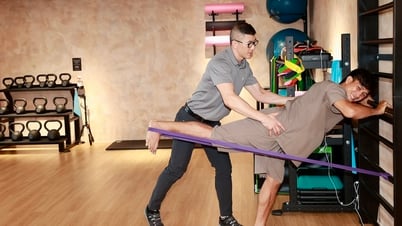




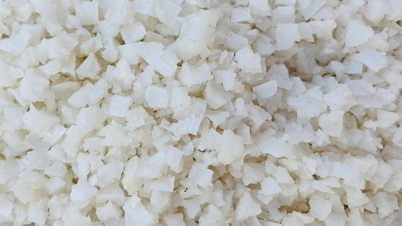
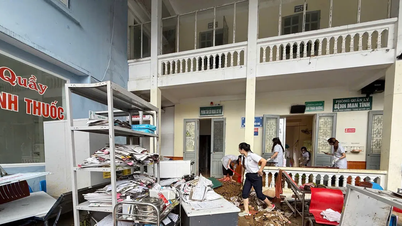




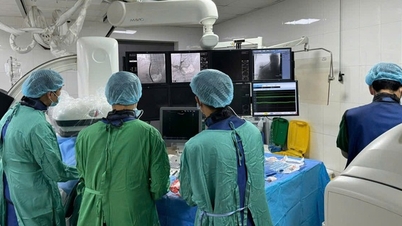


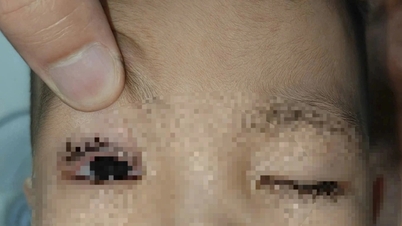














































































Comment (0)